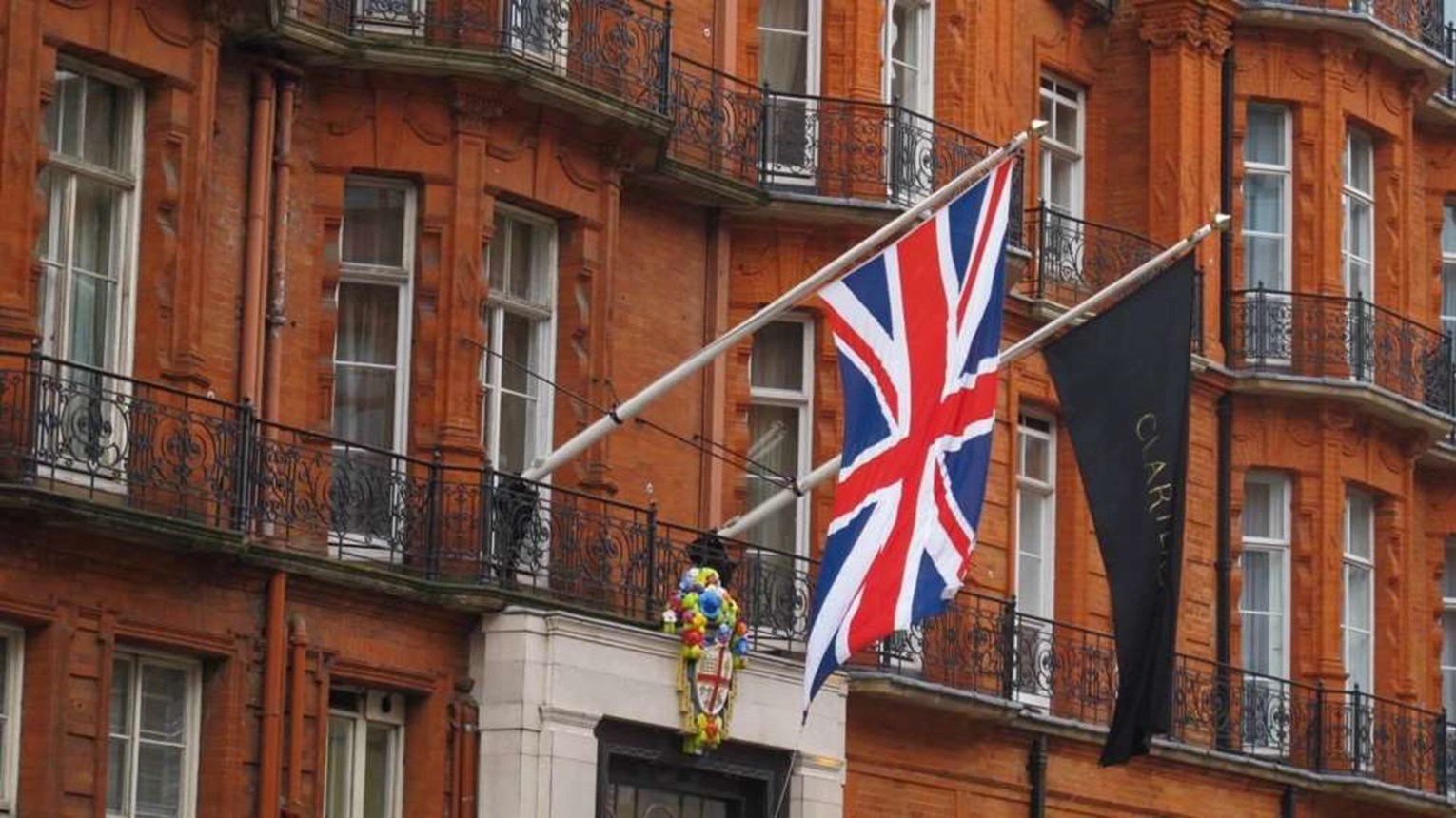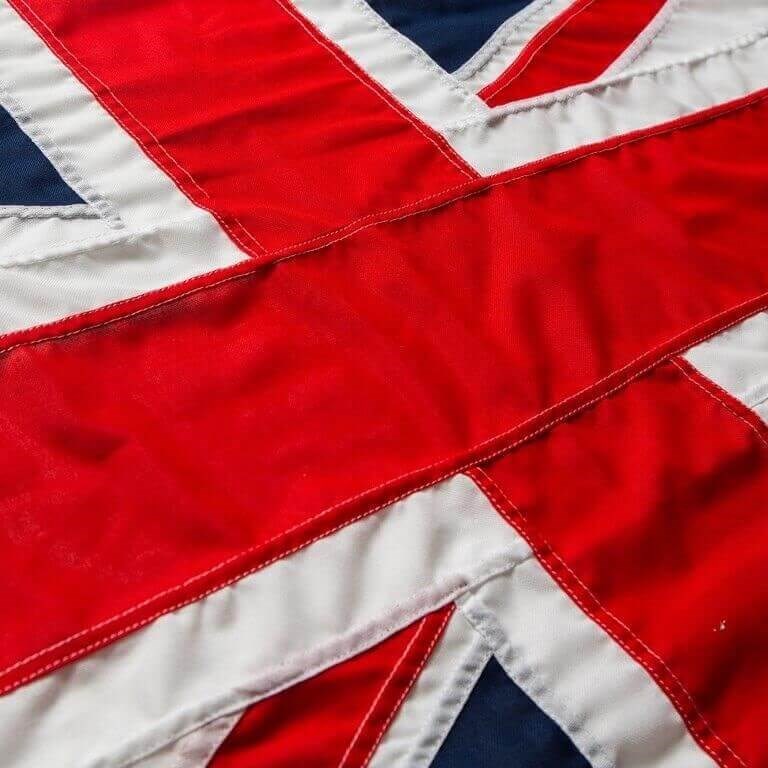There is nothing worse than seeing a bedraggled unkempt flag flying from a flagpole.
A national flag looks bad enough but if the flag happens to be a corporate flag portraying your business then it is easy to understand how it may be perceived as a reflection of your standards and care.
Apart from the image issue there is also your investment to consider. Quality flags suitable for outdoor (almost) continuous flying are not cheap. You have probably invested a considerable amount in your flag from which I am sure you want to maximise your investment.
Simple care and common sense can allow you to achieve this which should ideally be considered before you purchase your flag.

Issues to consider when buying a flag
If you are acquiring your flag from a reputable manufacturer or supplier you should ask for advice as to the best type of flag to use for the periods that you want to fly it. Issues that should be discussed include:
- Where the flag is to be flown;
- What type of flagpole is going to be used;
- The fabric to be used to manufacture the flag;
- How to clean the flag;
- The amount of time the flag will be flown.
1. Where the flag is to be flown;
It is very important to ensure that the flag manufactured can fly unobstructed without striking or coming into constant contact with any obstructions such as a wall, a tree or foliage or that the surface of the pole is rough.
It is also important to consider whether the flag will constantly be exposed to harsh or extreme weather conditions such as high winds or heavy rain or heavily polluted urban environments. In sunny hot climates constant exposure to the sun can affect the colours and gradually erode some cheaper materials.
Knowing these considerations will help decide upon the best fabric to be used prior to manufacture.
The flag on the right shows clear evidence of experiencing a constant impact with the tree (to the left) that has resulted in the end and top becoming frayed.
2. What type of flagpole is going to be used;
There are a wide number of different types of flagpole that can be used to fly a flag.
Some come straight up from the ground but others can be attached to walls or roofs at different angles. In addition when attached the flag can be fixed in place or even rotate around the pole.
Flags on vertical poles tend to fly freely and will act like a weather vane to follow the wind direction. When used on angled poles flags act more like a sign or banner and are designed to hang down to display. They will flutter to spill the wind but have a tendency to get wrapped around the pole if they are not restrained with tether lines.
Flying an excessively large flag on any pole has the potential to cause damage to the flag or pole in bad weather.

3. The fabric to be used to manufacture the flag;
As mentioned above the location of where the flag will be flown and the type of flagpole used will best determine the materials that should be used. If the flag is to be flown in extreme weather conditions then flags made with lower grades of polyester will not last very long.
There are 3 main types of fabric that can be considered when manufacturing a flag.
They are:
- Knitted Polyester: Usually 100 – 115gsm, popular European flag material. Can be digitally or screen printed and is ideal for volume production of flags.
- Woven / Spun Polyester: Typically 155gsm. Often referred to as MOD grade, this is the most durable material for making flags. Its strength to weight ratio is not surpassed by any other fabric. Used as the base material for Sewn and Appliqué flags and can also be Dye Printed for volume requirements. Not typically digitally printed because poor print through gives weak colour on the reverse side.
- Decotex 205gsm: Also a type of knitted polyester this heavier material is typically used for double thickness flags such as those hanging from angled flag poles which are designed to be read correctly from both sides.
- Specialist Materials: In addition to the principal materials there are also a host of specialist options such as Satin, Heavy Canvas, Heraldic, Mesh, and Voile. These are mainly used for ceremonial flag products where a specific look is required. They do not tend to be as durable as the 3 main flag materials.

4. How to clean a flag;
It is not as straight forward to clean your flag as the picture of the little boy depicts but what he is doing is fundamentally exactly the same as what you will need to do.
If your flag is of the woven type the holes in the fabric can quickly become clogged from pollutants and contaminants that float around in the atmosphere and over time eat away at the fabric.
Flags can be washed by hand and generally can also be machine washed at 30 Degrees using a mild detergent. If unsure consult your flagmaker for advice. Atmospheric particles will build up over time so there will be a gradual and un-avoidable build up of dirt in a flag. Once it has become too dirty and does not respond to washing a flag should be replaced.
If you are planning to fly your flag 24/7 we highly recommend that you have 2 flags so that while one is flying the other can be cleaned.
5. The amount of time the flag will be flown;
How long a flag will last is an impossible question to answer as it depends upon all of the factors addressed above.
Typically a flag will have a life expectancy of around 3,000 hours of flying. If flown continuously 24/7 this equates to around 3 months.
However if the flag is only flown from dawn to dusk 12 hours a day this substantially extends the overall life expectancy of the flag to 6 months or more. Leaving flags flying in high winds will dramatically reduce their life expectancy.
If left out indefinitely, a flag will eventually succumb to the elements. However with good care and the correct buying decisions made at the outset, you can contribute greatly to ensuring your flag experiences a longer life than anticipated or is generally expected.






